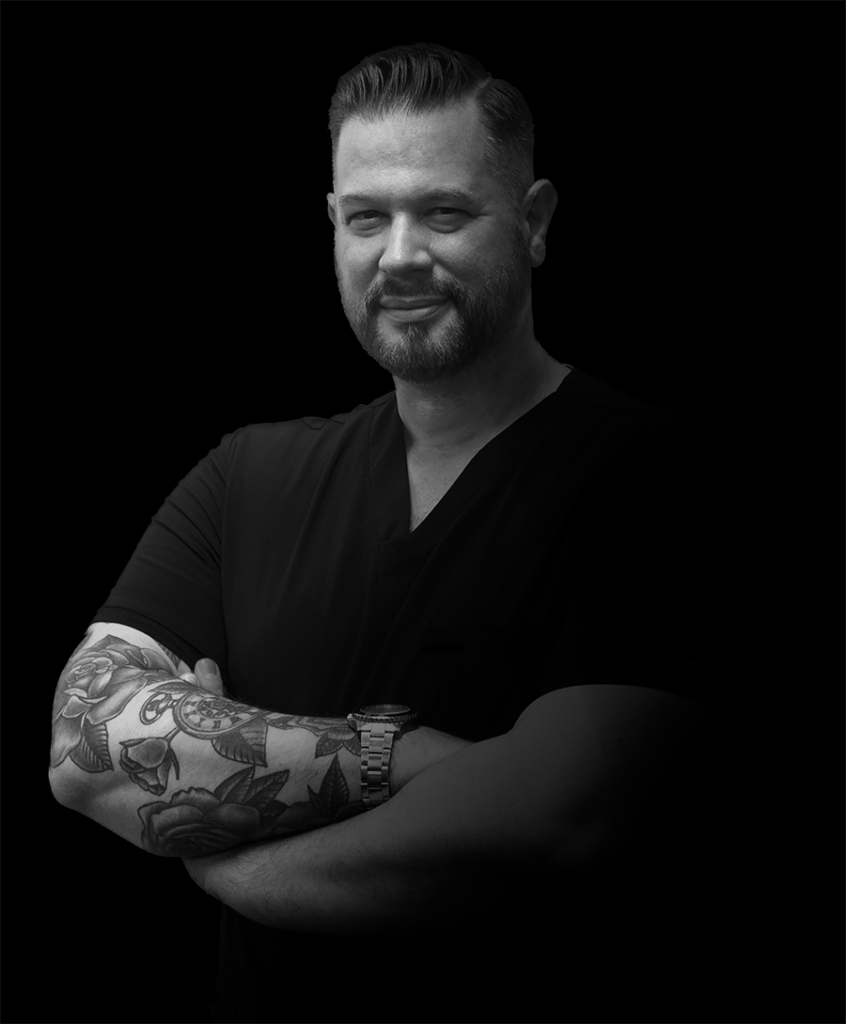Course Overview:
Denture Power Days combines two comprehensive courses, offering a strong foundation in both the theory and practice of full dentures—including tooth setup based on the physiological concept.
Learning Objectives
Day 1: The Technical Foundations of Full Dentures
Full dentures are often underestimated, yet they represent one of the most demanding forms of prosthetic restoration—essential for restoring both oral function and the orofacial appearance that impacts a patient’s social interactions.
This session will revisit and reinforce the anatomical and prosthetic knowledge required for fabricating highly aesthetic and functional full dentures. Participants will deepen their understanding of the clinical and technical procedures essential for successful outcomes.
Day 2: Tooth Setup Based on the Physiological Concept
This session focuses on achieving physiological occlusion with bilateral balance during tooth-guided movements. The course covers the entire process from model analysis to wax tooth setup, emphasizing functionally and esthetically sound results.
Topics Covered
Principles of support and positional stability
Situation model analysis
Fabrication of functional trays
Functional model creation and pre-bite registration
Esthetic control templates
Intraoral support pin registration templates
Registrations: esthetic and functional records, model orientation in the articulator
Step-by-step guide to model analysis
Standard anterior tooth setup
Identifying and constructing the chewable center
Sequence and placement of posterior teeth
Achieving static and dynamic occlusion with the PhysioSelect TCR system

From the Teacher
Restoring fully edentulous patients is a challenging but rewarding objective requiring skilled dentists to capture clinical data and technicians to implement it into prosthetic design. Complete dentures must not only restore function, esthetics, phonetics, but also replace lost tissues, demanding diverse skills including anatomy, biology, physics, communication, and craftsmanship. Simplification efforts have yet to lead to better prosthetics.